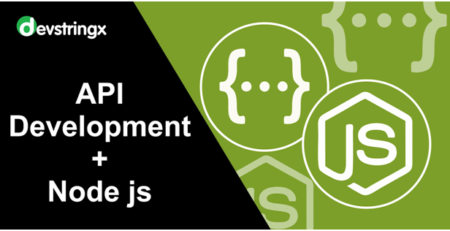How Do You Fix Angular Service Problems (Angular, TypeScript, HTTP, and Development)?
You might want to see lots of ng-conf threads today and implement any tricks you find yourself. The problem is that Angular apps aren’t going to improve because you’re going in the wrong direction to fix them. If you start with a solution and try to implement it before you understand the problem, you may not be getting anywhere. This helps you how to fix the performance of Angular applications using a systematic approach to fixing the most common angular service problems and performance issues.
How to Fix the Most Common Service Issues?
I did a lot of research practice and considered the best solution to understand them. Follow to following points to fix the most common angular service problems.
1) Slow Down Your Angular Application
Avoid too many unnecessary change detection, Too many unnecessary change detection triggers will slow down your application. To solve the problem of having too many triggers for unnecessary methods:
– Add onPush change detection to component (check if the input is immutable)
– Instead of using model methods, use a pure channel or asynchronous channel (subscribe to the handler)
– Use trackBy in ngFor to get a dynamic list
– Detect individual changes in a special case where you want to be very specific about when to perform change detection (using detect changes)
– Start with number 1 and work your way up the list until the change detection issue is resolved
2) Slow HTTP Requests
– Slow HTTP requests are a common problem. It has to do with the backend having to keep the endpoint running, but the frontend can do something
– Use Angular PWA to cache HTTP requests using performance or refresh caching strategy. Use performance when it doesn’t change often and use a refresh caching strategy when it changes frequently
– To avoid unnecessary repetitive HTTP calls during subscription, use shareReplay(1) as the controllable response of HttpClient
– Use a service/aggregator facade like GraphQL to solve the under-fetching/the fetch problem. This is especially beneficial for companies with heavy firewalls (those who work in banks will know what I’m talking about). You only need to pass through the firewall once to get all the data you need
3) Slow Page Loading Speed
Today’s users are not very forgiving of waiting, so slow page loads can be a big problem. Especially if you have conversions in mind on your site, adding a few milliseconds to your page load time will show you have lost =$$$ in conversions. Here is my recommended solution to this problem:
– Use the Following Optimized Hosting: It uses GZip compression and a fast CDN. If you don’t currently, here’s an easy way to see meaningful improvements without coding.
– Enable PWA Static Content Caching: Caching static content (js, CSS, images, etc.) is a simple and effective way to improve the performance of modern browsers.
– Optimize Bundle Size: Optimize bundle size by lazily loading anything that doesn’t need to appear in the first request. If you want to optimize it to the extreme, MinkoGetsev has created several resources for that with his predictive acquisition and fast binding preloading strategies.
– Angular Universal: Angular Universal lets you pre-render Angular pages for performance and SEO benefits. This is needed to render Angular apps. NodeJS Server
Recommend to Read – Generating Excel File in Angular 9 using ExcelJs Example Angular
4) Unnecessary Recalculation of CPU-Related Calculations
This may sound like the problem of having too many initial change detection triggers, but it extends those solutions by adding a cache to avoid recomputing heavy-duty methods.
It uses the cache expensively and purely. Memory function in Lodash. This ensures that the output of the specified input is remembered and the method is not re-executed if results have already been obtained. To benefit from it, the method must be pure (without side effects) because pure methods get the same output whenever a particular input is given to them.
Run more logic in the backend: This gives you two benefits. First, it concentrates logic that multiple clients can use in one place. You can then run it as a binary executable, so it can run faster than a JS client. This can support parallelization and more efficient execution times and hardware.
Steps to Eliminate Insufficient Performance of Angular Apps
While training and consulting with the angular development company, I followed three structured procedures that I would like to use when optimizing my Angular applications. They are:
- – Identify key performance tuning issues for applications and modules.
- – Solve the biggest problem
- – Find a way to prevent these problems from happening again
Let’s look at the procedure
You should always be your ID, just like when you go to the doctor. This is necessary to understand what the biggest angular service problems are, where the applications are, and find solutions. It’s easy to report a “problem” for anything that doesn’t follow best practices. The biggest questions about performance optimization are the ones that have the most negative impact on customers/users. That said, I’m not the most against “best practices”, dirty code, lack of features, storage mutations, etc. These will help you design your app when applied in the right context, but probably not. Things have the greatest impact on users.














